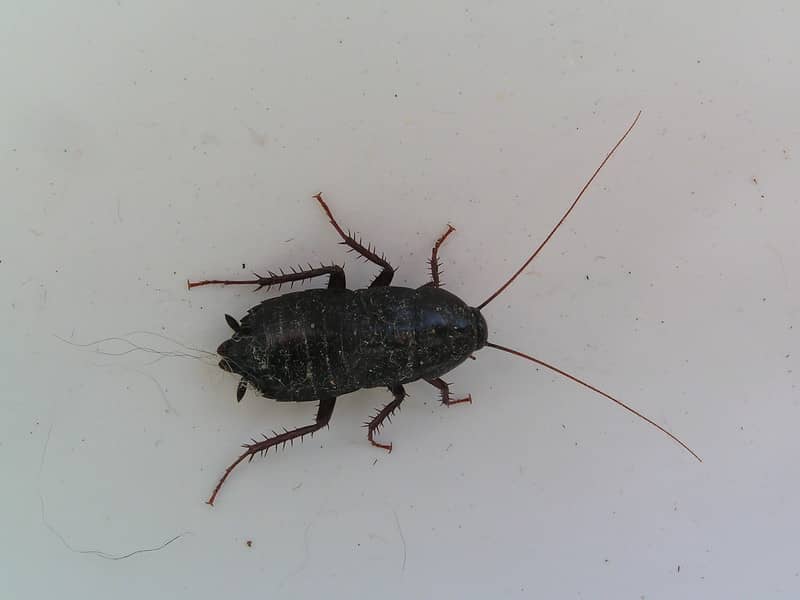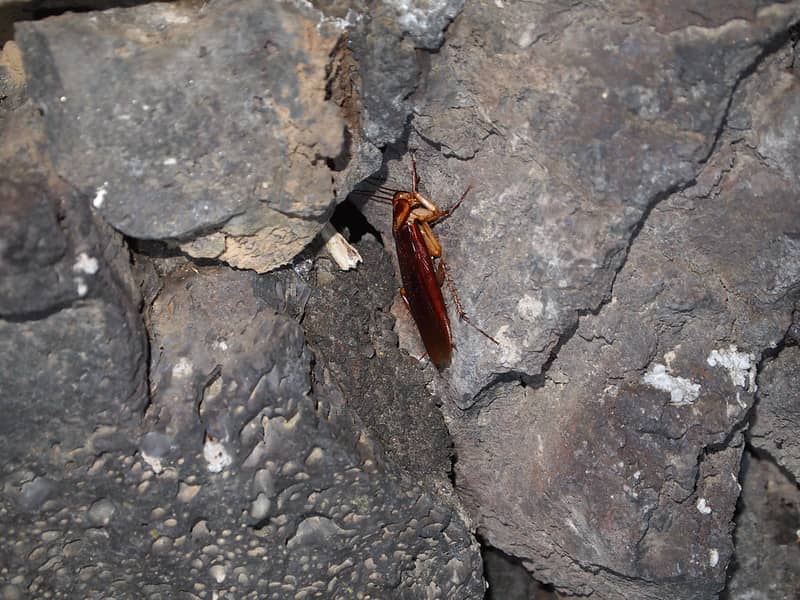Cockroaches are a nuisance in your home but are highly beneficial outdoors because they break up decaying organic matter. However, their reproduction rate is atrociously quick, so having an infestation is a high possibility, especially if you see a few roaches here and there.
If you are unsure what a cockroach looks like, you might have some questions – how many legs do roaches have and what is the purpose of each leg? You might have also heard roaches survive weeks without a head, so can they survive without their legs?
If these are the questions you seek to find answers to, then this is what we will be discussing today! These questions are essential if you want to know what cockroaches look like, so continue reading for more information.
Do Roaches Have Six or Eight Legs?
Cockroaches have six legs, although they might commonly be mistaken due to their long antennae. However, spiders and scorpions have eight legs, but these are considered arachnids instead of insects. It may be unclear, especially since many tiny creatures are around the same size.
Returning to the cockroach facts, these insects have three pairs of legs located on the thorax. These legs allow them to run quickly across any surface, including walls and ceilings.
Can Cockroaches Survive Without a Pair of Legs?

Yes, cockroaches can survive without a pair of legs. This is because cockroaches regrow legs through regeneration properties they have.
These regenerative properties happen when the cockroach molts, which creates a new leg. This information might be fascinating and gross at the same time for some. However, sometimes you might see a cockroach with four legs instead of six, and this is the reason why.
What Is the Purpose of Each Pair of Cockroach Legs?

The purpose of each pair of cockroach legs is to control its speed and movement. There are different purposes for each pair, which are called different names.
1. Prothoracic Legs
Behind the head are the prothoracic legs, which are used to slow the roach down. These legs are the shortest.
2. Mesothoracic Legs
The middle legs are the mesothoracic legs, which help the cockroach adjust its speed by speeding up or slowing down if necessary. The middle legs are used on one side, with the front and back legs on opposite sides. Because they alternate back and forth, these insects are still swift on difficult terrain.
3. Metathoracic Legs
Lastly, we have the metathoracic legs (also known as the cursorial legs) located on their behind. These hind legs are extremely strong, allowing them to thrust forward at varying speeds, up to 50 body lengths per second.
Fun Fact
A cockroach uses slow and long strides to avoid falling off the ceiling. Although this takes a lot of energy out of the cockroach, it is interesting to know how they thoroughly think of these things, especially since they lack complexity in their brains.
What Do Cockroaches Use Their Legs For?
Cockroaches use their legs for many reasons, like to climb walls and to dig. Let us go more in-depth on the subject below:
1. Climbing

A cockroach’s legs contains many strong spikes that allow them to climb up walls, trees, and plants. Essentially, anything they can get a grip on, they will climb up.
The spikes help them to run from danger relatively quickly or help them scatter faster if the light gets turned on. Cockroaches can climb really fast up walls inside and outside of buildings.
2. Digging

Not only are roach legs used for climbing, but they use them to dig. However, certain cockroach species (like the Australian rhinoceros) use their legs to burrow themselves into the ground.
The Australian rhinoceros cockroach grows up to three inches long and has six strong legs. However, unlike the American cockroach, they do not have wings because these cockroaches spend most of their lives underground. On the other hand, American cockroaches will still burrow themselves underneath shingles of homes and in other similar areas they might find.
Frequently Asked Questions
Do All Cockroaches Have Wings?
No, not all cockroaches have wings. However, some cockroach species have wings covering their entire bodies, making it hard to see the roaches’ legs. In addition, many roaches have only vestigial wings and only use them to glide from one place to the next.
How Do You Tell If a Roach Is a Roach?
You can tell if a roach is a roach because each contains six long spiny legs with wide, flat, oval-shaped bodies. These insects are typically bulky and range in size depending on their species. For example, a German cockroach is between 1/2 to 5/8 inches long, whereas an American cockroach is 1 to 1.5 inches long.
In terms of their color, this also ranges depending on the species as well, but most of them are typically light or dark brown. You can often spot them by their behaviors. All cockroaches are in survival mode and only care about food, shelter, and water.
What Bug Looks Like a Cockroach?
The giant water bug looks like a cockroach. They also have oval-shaped bodies with pincers in the front of their faces to capture their prey. These insects live on or near freshwater and are 1.5 inches long.
Other insects that look like cockroaches are as follows:
- Crickets
- Ground beetles
- Bed bugs
- Termites
- Wood-boring beetles



